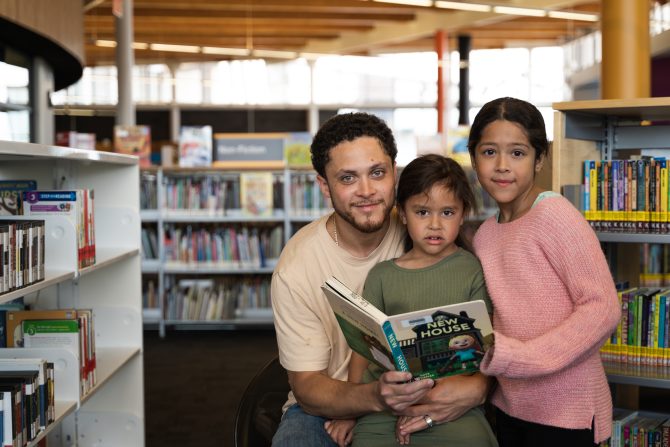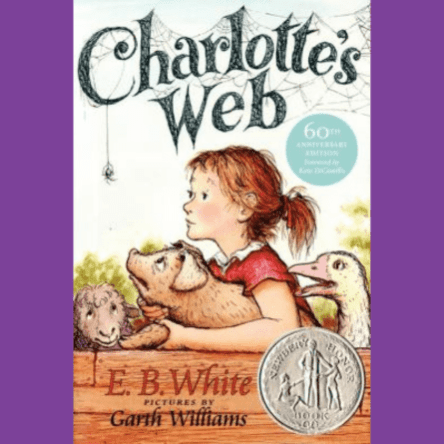Family Book Club
One of the most important actions parents can take for their children is to read to them, even throughout their teenage years. Students who dedicate time to reading frequently tend to excel in school, and families that prioritize reading together contribute to the development of lifelong readers.
What is Family Book Club?
Family Book Club, a club held within your own home, is an opportunity to engage with your family. You can initiate it at your convenience, placing emphasis on reading a book aloud collectively and engaging in discussions as the reading progresses. This year the book we are supporting is The Wild Robot by Peter Brown.
Reading aloud to your school-aged children helps them develop a love of reading while strengthening family relationships.
More About The Wild Robot
Rozzum Unit 7134, otherwise known as Roz, is The Wild Robot. Roz whirrs to life on an island after the ship transporting her sinks. Knowing nothing about the world around her, she must learn how to survive. Roz eventually meets the wild inhabitants of the island: playful otters, busy beavers, wise owls, and a flock of geese. One day, an unfortunate accident leaves Roz in charge of a lone goose egg. When the egg finally hatches, Roz learns to be a mother goose, with the help of her new friends. As winter melts into spring, Roz is discovered by other robots determined to bring her back to the human world. A wild adventure about nature, friendship, and family awaits in The Wild Robot.
For a list of discussion questions about the book, see our Discussion Guide.
About the Author
Peter Brown is both a writer and illustrator of children’s books. He has won many awards including a New York Times Best Illustrated Book award for Children Make Terrible Pets. You might recognize his art in such titles as Creepy Crayon! and Creepy Carrots!
The Wild Robot was Brown’s first Children’s novel, published in 2016, and it is the first in a series of books centered around Roz and her animal friends.
Learn more about Peter Brown on Teaching Books.
Tips for Running Family Book Club
- Keep it fun
- Keep conversations light
- Read in your home language
- Keep to a schedule
- Don’t be afraid to be silly
- You’re never too old for a good picture book
- Keep sessions short
Remember:
Many children listen better when their hands are busy! Encourage the use of quiet fidgets, Playdoh, drawing or colouring, eating a snack or building LEGO while you read to keep everyone engaged.
Events
Attend our Family Book Club Tie-in Events and join us for activities, crafts, stories and more!
Haven't started reading The Wild Robot? Come anyway.
Family Book Club Tie-in Events
Featured
Family Book Club - Booklists
Remember:
The more we read things we love, the more we want to read! Reading anything is great! Books can seem silly or easy. Books don't have to be serious or "literary" to foster meaningful interactions and help develop reading skills.
FAQs
-
The best way to help your child develop strong language and reading skills is to talk and read to them in your home language. This will also help them learn English! Choose books in your home language or dual language books, which have text in both the home language and English. Then read together and talk about what you read. Use discussion questions to help start the conversation.
Here are materials in different languages to help you read together at home. Learn about our world language collections at epl.ca/world-languages.
Arabic
Books for Kids
Discussion Questions (use with any book)
العربية (Arabic) العربية (Arabic) français (French) français (French) español, castellano (Spanish) español, castellano (Spanish) Tagalog (Tagalog) Tagalog (Tagalog) -
There are Family Book Club events being run at different branches around the city. Check out the events list to find an event close to you.
-
No. Family Book Club is designed for you and your family to attend what works for you! You can have read all, most, some, or none of the book to attend tie-in events.
-
No. Family Book Club is designed for you and your family to attend what works for you! You can attend, all, most, some, or none of the tie-in events. We hope you will though! There are a lot of fun!
-





